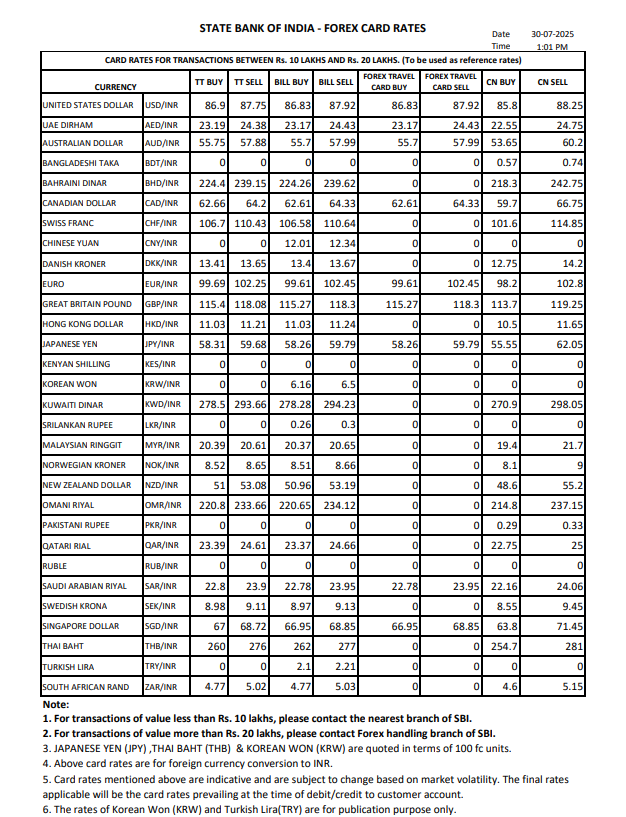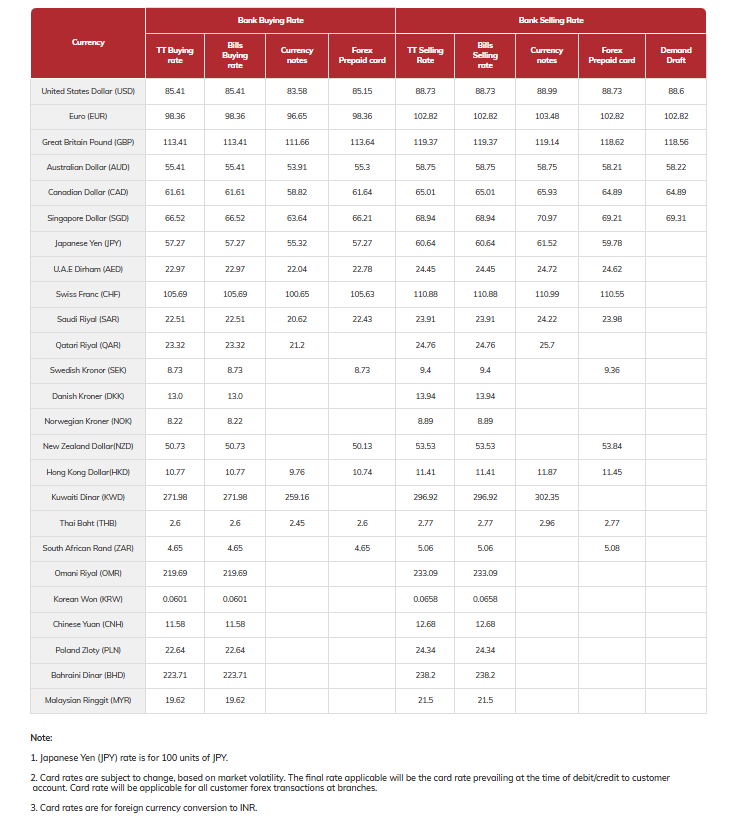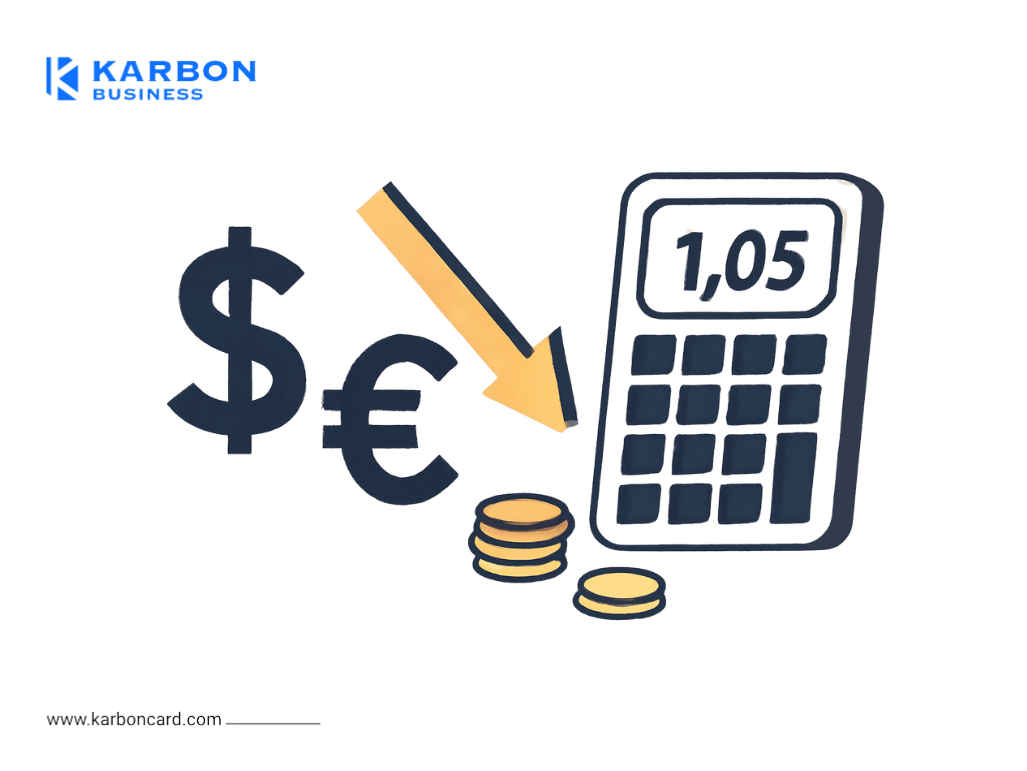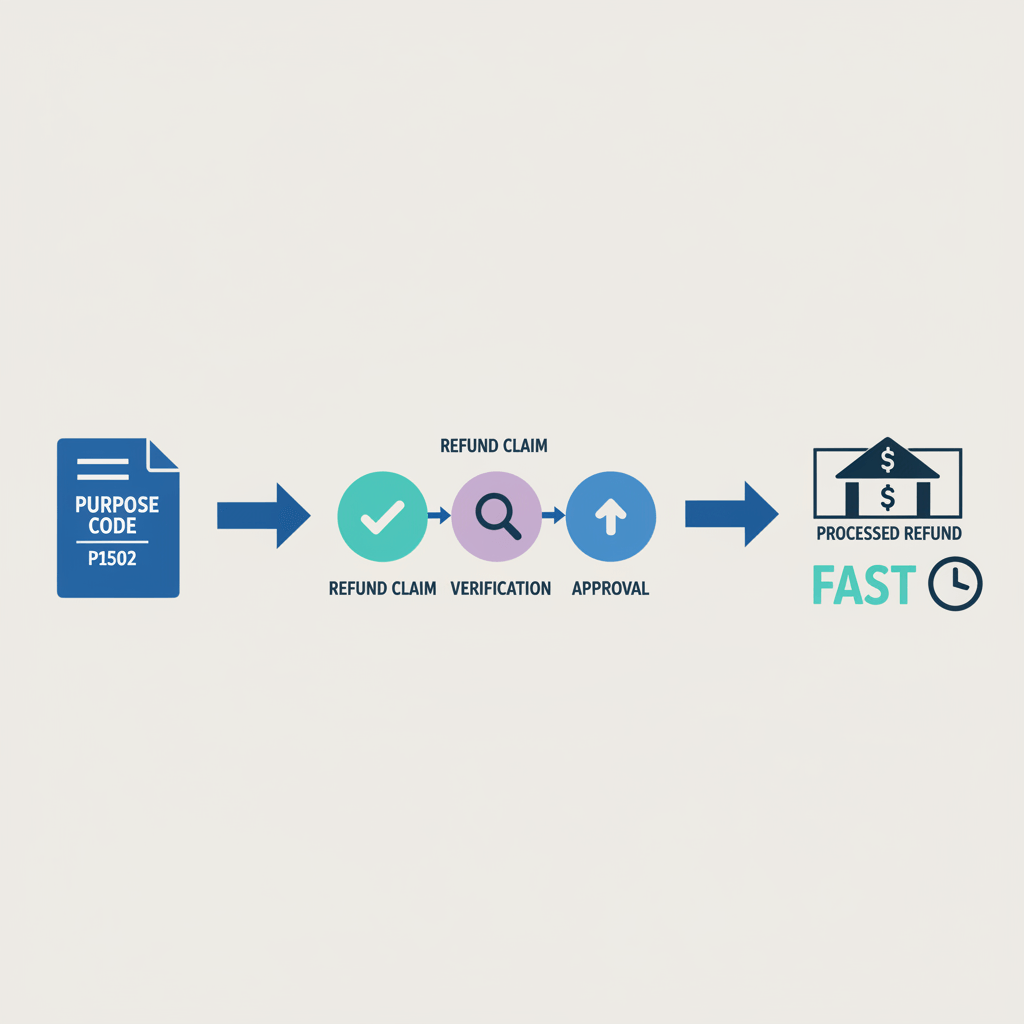What is a TT Selling Rate?
A TT selling rate is the exchange rate a bank uses to sell foreign currency (like USD, EUR, etc.) to a customer. This usually applies when you're sending money abroad. It’s a key part of telegraphic transfers (TT)—the fast way to send money internationally.
In simpler terms, it’s the rate at which the bank sells currency to the person sending money abroad. And, just so you know, this rate is typically a little higher than the rate at which banks trade currencies with each other (called the interbank rate).
What’s a TT Transaction?
A Telegraphic Transfer (TT) is an electronic method to transfer money internationally. Whether you’re sending money home or paying for services abroad, TT is a common choice. It’s quick, secure, and the TT selling rate determines how much the recipient will get in their local currency
TT Selling Rate SBI
SBI's TT selling rate is usually a bit higher than the interbank rate, with a margin of around 2%-3%. It usually isn't the best option for smaller transfers due to higher fees.

TT Selling Rate HDFC
HDFC offers more competitive rates for smaller transfers, with a margin of about 1.5%-2%. While it’s easy to use for personal remittances, do keep in mind that additional service charges increase the overall cost.

TT Selling Rate ICICI
ICICI offers a slightly better rate for larger transfers, usually with a margin of 1.5%-2%. While it’s a good choice for bigger sums, the hidden charges and processing fees can add up, so it’s worth checking the total cost before you proceed.

How Banks Set the TT Selling Rate?
Banks set the TT selling rate based on a few factors:
- Interbank Rates: This is the base rate. Banks use it, then add a margin.
- Profit Margins: Banks always add a little something extra on top of the interbank rate to make a profit.
- Market Demand: If lots of people need a particular currency, the bank might increase the rate.
- Global Conditions: Things like inflation, interest rates, and even political events can affect exchange rates.
- Transaction Size: Bigger transfers sometimes get a better rate.
- Competition: Banks keep an eye on each other’s rates to stay competitive.
Who Pays the TT Selling Rate – Sender or Receiver?
Let's break it down with an example of sending money from the US to India:
1. Sender’s Costs (A) – Client in the US
- Amount to Send: A wants to send $1,000.
- Transaction Fee: The bank charges a $30 fee for the transfer.
- Total Payment by Sender: So, A will pay $1,030 (the transfer amount plus the fee).
- Does the Exchange Rate Affect the Sender? Not directly. The exchange rate affects how much the receiver gets, but not the sender’s cost, apart from the transaction fee.
2. Receiver’s Amount (B) – Freelancer in India
- Exchange Rate for Receiver: The receiver gets INR based on the TT selling rate.
- Let’s say Kotak’s TT selling rate is ₹85.64 per USD.
- For $1,000, the freelancer in India will receive ₹85,640.
The receiver’s amount is decided by the rate at which the bank converts USD to INR, not by what the sender pays.
Who "Lost" Money?
The receiver usually ends up losing out because the bank’s rate is typically not the market rate.
- Interbank Rate: ₹87 per USD.
- Bank’s TT Selling Rate: ₹85.64 per USD.
If the receiver had gotten the interbank rate, they would’ve received ₹87,000 instead of ₹85,640. That’s a loss of ₹1,360, which is due to the bank’s exchange rate margin.
Which Bank Offers the Best TT Selling Rate?
Here’s how SBI, HDFC, and ICICI stack up when it comes to TT selling rates. But remember, the exchange rate is only part of the story. Other factors like fees, transfer speed, and customer service also matter.
Can I Save More? (Alternatives to High TT Rates)
Sending money abroad with traditional banks like SBI, HDFC, and ICICI can be expensive. Their TT selling rates often include high margins and fees, which can eat into the amount your recipient receives.
Let’s say you’re sending ₹100,000 to the US:
- SBI: ₹77 per USD → You’ll get $1,298.70 (after ₹700 fees)
- HDFC: ₹76.5 per USD → You’ll get $1,305.53 (after ₹500 fees)
- ICICI: ₹76.7 per USD → You’ll get $1,303.87 (after ₹800 fees)
How Karbon Helps You Save:
- Better Exchange Rates: Karbon offers more competitive rates, so your recipient will get more money.
- Lower Fees: Karbon charges a flat 1% fee, which is much cheaper.
- Faster Transfers: Karbon transfers are instant, unlike the 2–3 business days needed by banks.
FAQs
What is TT Selling Rate?
It’s the exchange rate at which a bank sells foreign currency to someone sending money abroad.
Why is the TT Selling Rate Higher Than the Interbank Rate?
Banks add a margin to the interbank rate to make a profit and cover their operational costs.
Who Decides the TT Selling Rate?
Banks set the rate based on factors like market conditions and interbank rates.
How Can I Save on TT Rates?
Consider using services like Karbon, which offer better rates and lower fees.










